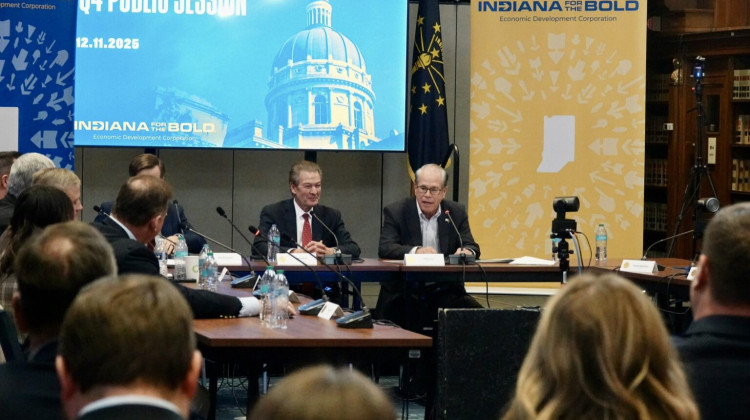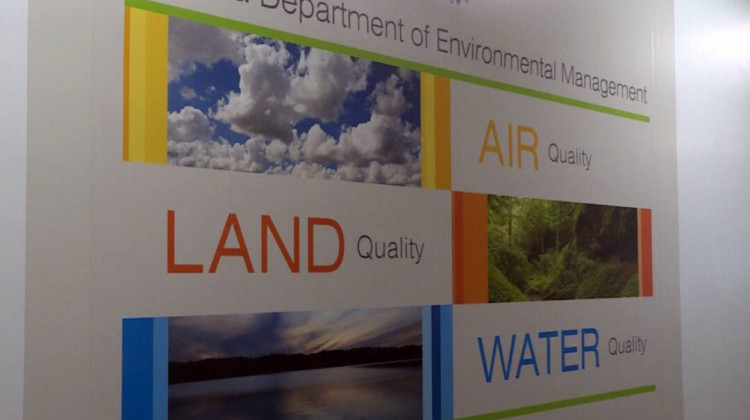The Environmental Protection Agency is offering $14 million to fund projects that help reduce harmful runoff into Great Lakes waterways through the Great Lakes Restoration Initiative. That includes green infrastructure, farmer-led outreach and education, manure management on farms, and a market-based approach called “water quality trading.”
Water quality trading allows someone like a farmer to get credits for reducing runoff on their land that they can then sell to buyers like wastewater treatment plants, developers, and cities.
“So agriculture, for example, can often reduce nutrients more economically than cities or other industries," David Ross, assistant administrator for the EPA’s Office of Water.
Ross says the program is already in place in several states including Maryland and Wisconsin. But whether water quality trading will reduce runoff in the Great Lakes isn’t clear.
More than a decade ago, the EPA evaluated the process. It found that it only worked under certain circumstances and that many states haven’t set ideal limits for things like nitrogen and phosphorus. High amounts of those nutrients in lakes can lead to algal blooms, which can impact drinking water and cause beach closures.
Indiana is one of more than 20 states that does not have official nutrient criteria for nitrogen and phosphorus. Though the state does have rough benchmarks for those nutrients, the Indiana Department of Environmental Management is still analyzing data to determine a set criterion.
For some waterways, Indiana has established total maximum daily loads (TMDLs) — or the maximum amount of a pollutant that can be in a body of water while still meeting water quality standards. Most of those TMDLs are for E. coli and not for nutrient pollutants like nitrogen and phosphorus.
The deadline for grant applications through the Great Lakes Restoration Initiative is July 12. The EPA hopes to start notifying finalists in August.
Indiana Environmental reporting is supported by the Environmental Resilience Institute, an Indiana University Grand Challenge project developing Indiana-specific projections and informed responses to problems of environmental change.
 DONATE
DONATE










 Support WFYI. We can't do it without you.
Support WFYI. We can't do it without you.